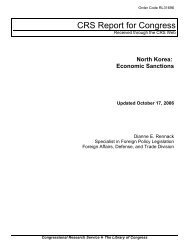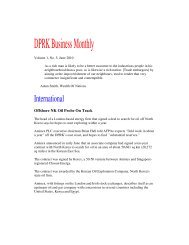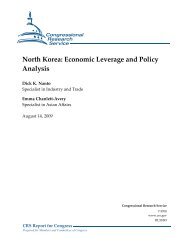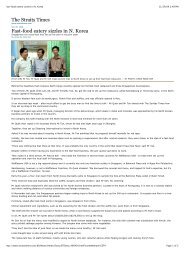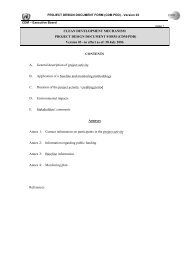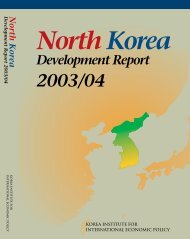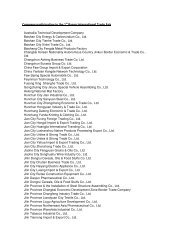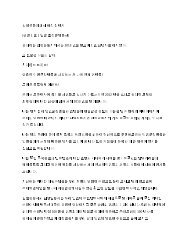North Korean Policy Elites - Defense Technical Information Center
North Korean Policy Elites - Defense Technical Information Center
North Korean Policy Elites - Defense Technical Information Center
Create successful ePaper yourself
Turn your PDF publications into a flip-book with our unique Google optimized e-Paper software.
was apparently tapping phones of other leaders, including Kim Il-sung. 46 Representatives of the<br />
Kim Chong-il network, who reported directly to Kim Chong-il’s staff, countersigned all<br />
commands throughout the system, including military orders.<br />
It is rumored that Kim Chong-il relies on his sister, Kim Kyong-hui, as a private source<br />
of information and reconnaissance on the system. She apparently has been dispatched to areas of<br />
the country to verify reports Kim Chong-il receives through dedicated and other channels. This is<br />
an especially useful tool when Kim Chong-il decides to conduct a surgical anti-corruption<br />
campaign and needs unvarnished information. 47<br />
According to one <strong>North</strong> <strong>Korean</strong> source, most of the information senior leaders rely on to<br />
carry out their bureaucratic responsibilities is based on reports culled and sanitized by their staffs.<br />
These reports are often reduced to a two to five-page memo “with an introductory paragraph<br />
written as if the reader has no preliminary knowledge of the subject.” 48 <strong>Information</strong> in the reports<br />
is checked for superfluities, and unpleasing news is glossed over. In addition to reports prepared<br />
by their staffs, some <strong>North</strong> <strong>Korean</strong> leaders have developed some dedicated channels for<br />
additional information. This is done through personal contacts and alliances formed with one or<br />
another bureaucracy. Leaders also seek to reach accommodations with various<br />
counterintelligence organizations for both reasons of political survival and to protect private<br />
ventures, which, if discovered, could lead to allegations of corruption.<br />
Most reports and memoirs of senior <strong>North</strong> <strong>Korean</strong> defectors also make reference to an<br />
unofficial network of information that is shared among the elite. 49 Much of the information (and<br />
rumors) garnered from this network concerns power within the system and the private lives of<br />
the leaders. In his memoirs, Hwang Chang-yop relates various stories of intrigues and scheming<br />
between factions within the Kim Il-sung family tree. <strong>Information</strong> is used as a tool for infighting<br />
between clans. Disinformation campaigns are run within elite channels to undermine rivals and<br />
position people for key posts within the apparatus. 50 According to one defector, “the members of<br />
the elite class are selective in what they choose to be informed about; they are most curious<br />
46 According to one <strong>North</strong> <strong>Korean</strong> source, Kim Chong-il sought and received the cooperation of Chon Ha-chol, Kim<br />
Il-sung’s chief secretary, as a conduit for information. While this claim cannot be verified, Chon, before he<br />
entered Kim Il-sung’s personal secretariat, was the director of the KWP CC General Affairs Department in the<br />
early 1980s and worked closely with Kim Chong-il in establishing the routing procedures of information through<br />
the senior political leadership. See “Kim Il-sung’s Former Chief Secretary Chon Ha-chol Profiled,” Seoul<br />
National Intelligence Service website (www.nis.go.kr) (May 12, 2003).<br />
47 Discussion with a South <strong>Korean</strong> Pyongyang watcher, November 2003.<br />
48 This <strong>North</strong> <strong>Korean</strong> defector worked in the Central Committee apparatus in the 1980s and 1990s. E-mail<br />
correspondence in December 2003.<br />
49 Several references are made to this network in Hwang Chang-yop’s memoirs (I Saw the Truth of History)<br />
published in 1999.<br />
50 Ibid.<br />
II-30



